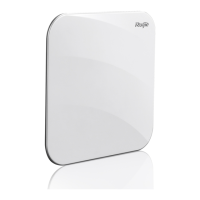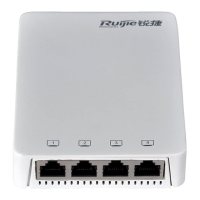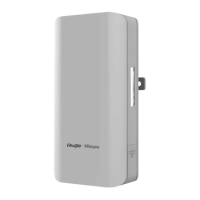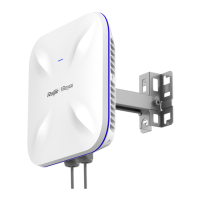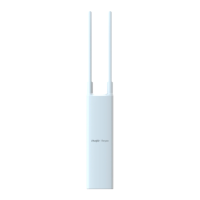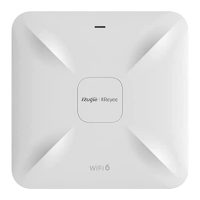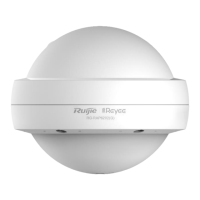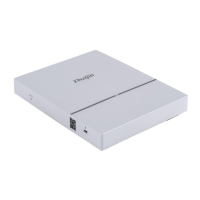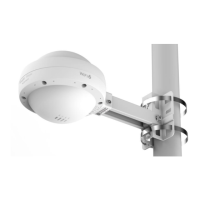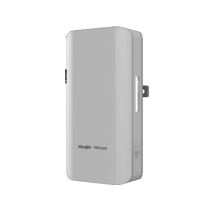Configuration Guide Configuring Interfaces
1 Configuring Interfaces
1.1 Overview
Interfaces are important parts for data exchange on network devices. Ruijie Networks devices support two types of interfaces:
physical interfaces and logical interfaces. A physical interface is a real entity that exists on a device, for example,
FastEthernet (FE) or GigabitEthernet (GE) interface. A logical interface is a virtual interface that does not actually exist on a
router. A logical interface can be associated with or independent of a physical interface, for example, a loopback or tunnel
interface. In network protocols, physical and logical interfaces are treated equally.
1.2 Applications
Route-based Communication
Through Ethernet Physical Interfaces
Layer-3 data communication is implemented on network devices through Ethernet
interfaces.
1.2.1 Route-based Communication Through Ethernet Physical Interfaces
Scenario
Figure 1-1
As shown in the above figure, Router A, Router B, and Router C form a simple route-based data communication network.
Deployment
Connect Router A to Router B through physical interfaces GigabitEthernet 1/0/1 and GigabitEthernet 2/0/1.
Connect Router B to Router C through physical interfaces GigabitEthernet 2/0/2 and GigabitEthernet 3/0/1.
Set the IP addresses of GigabitEthernet 1/0/1 and GigabitEthernet 2/0/1 respectively to 192.168.1.1/24 and
192.168.1.2/24 which are in the same network segment.
Set the IP addresses of GigabitEthernet 2/0/2 and GigabitEthernet 3/0/1 respectively to 192.168.2.1/24 and
192.168.2.2/24 which are in the same network segment.
Configure a static route on Router C so that Router C can directly go through the 192.168.1.0/24 network segment.
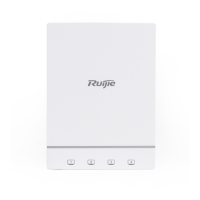
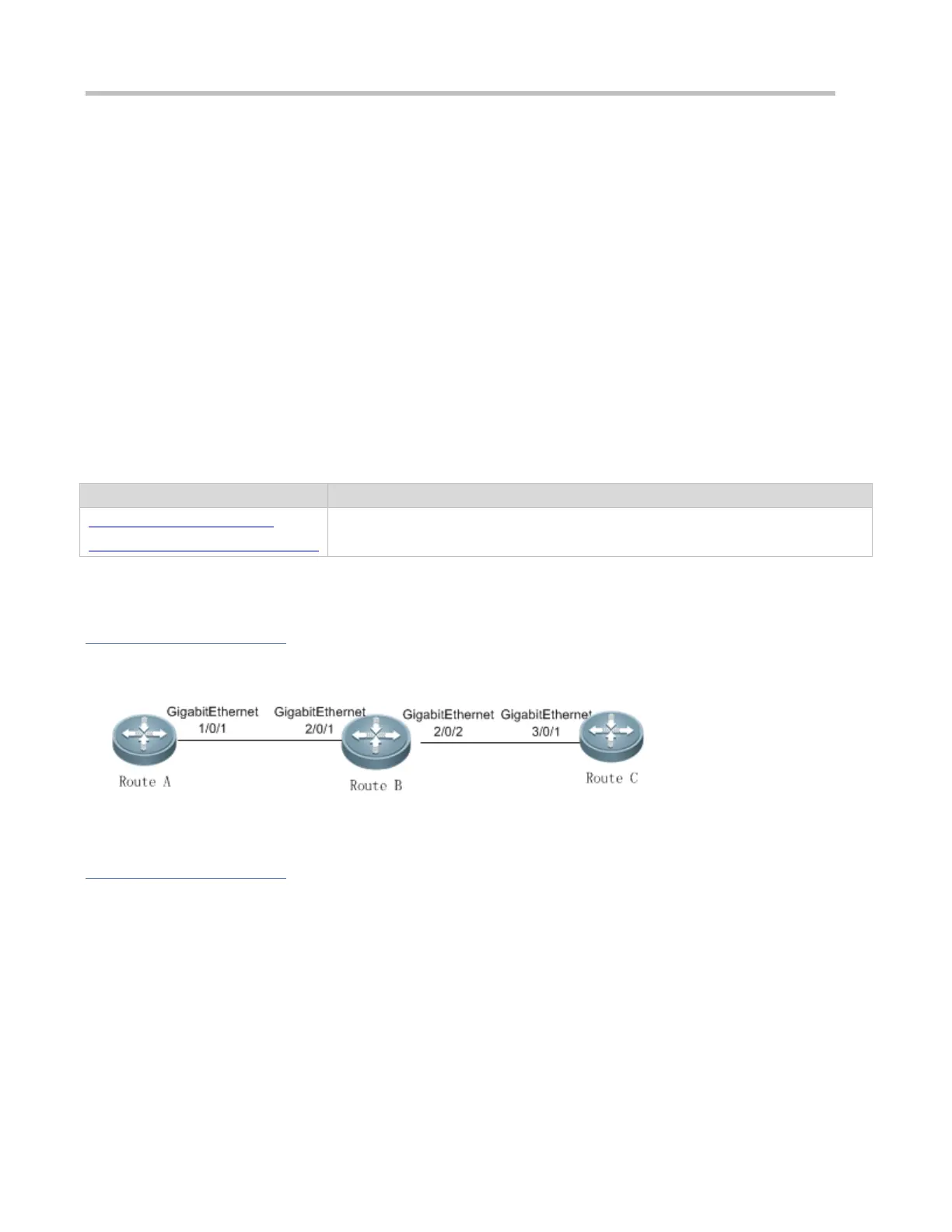